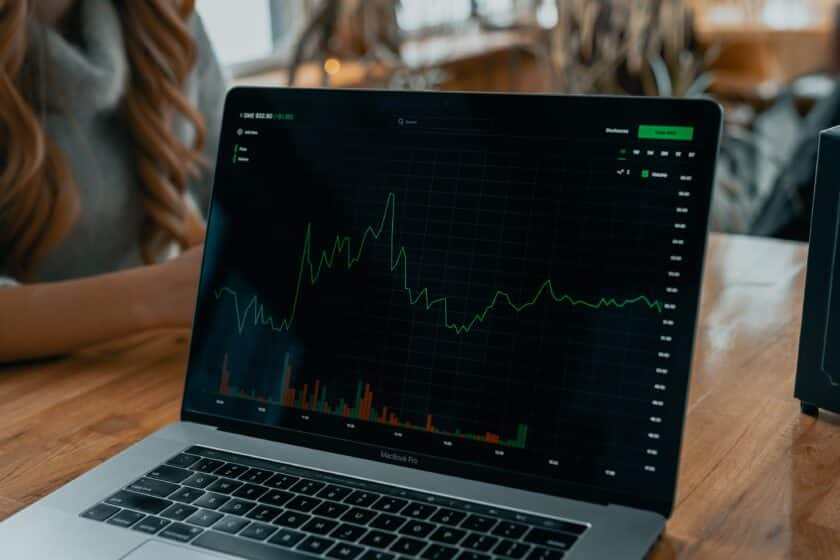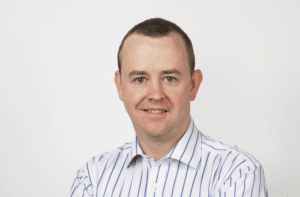Darius McDermott, managing director at FundCalibre, considers the challenges facing the high yield bond segment of the market.
Despite being planned a good few months in advance, it seems my whistle-stop tour to meet several of our Elite Rated bond fund managers could not have been better timed.
This has been particularly useful when trying to understand the challenges facing the high yield bond segment. The numbers tell you it has had a fairly good year, the Investment Association Sterling High Yield Bond sector has returned around 6 per cent year-to-date*, while yields in general are above 8 per cent.
But there are plenty of dark clouds on the horizon, making investors nervous. The first thing to point out is the spread over the risk-free rate is not particularly attractive. This is in stark contrast to what we’ve seen in the past 15 years or so, when challenges like the Global Financial Crisis, European Debt Crisis or Covid would see spreads significantly widen. Essentially the risk/reward was far more attractive for dipping your toe in the deep end of high yield.
In a recent market update, Amundi co-director of high yield Ken Monaghan says: “Over the last ten years, the US high yield market has traded as tight as 316 basis points over US Treasuries, and as wide as 1082 over. Considering the “higher for longer” interest rate environment and weak leading indicators, we believe investors should consider positioning portfolios defensively until spreads express a better balance of upside and downside.**”
This is the fallout of living in a world of rising rates. Having rates above 5 per cent in the UK and the US (and 4 per cent in Europe) also poses many other challenges for the sector. We lived in a world of low rates for so long, that plenty of zombie companies kept running because they were underpinned by negligible interest rates. A slowdown in bank lending or a tightening in lending standards also poses a risk to the high-yield bond market. Many high yield companies are being forced to refinance at higher rates – placing them under significant pressure.
Premier Miton Strategic Monthly Income Bond manager Lloyd Harris says although high yield bonds were the principal beneficiaries of monetary policy post the GFC – citing that at one point the riskiest CCC bonds were having deals cut at 5 per cent – this new environment will be much tougher as we are going through a prolonged cycle of debt restructuring in high yield. His fund currently holds only 8 per cent in this segment of the market***.
Debt maturity is expected to be a significant challenge in the near future. The percentage of debt maturing beyond five years has been falling for the ICE BofA US High Yield Index. These are likely to be renegotiated sooner due to the higher rate environment, particularly those with balance sheets weighted towards shorter-term maturities**.
History suggests it is not bleak for high yield from here
But there are still positives to consider. The first being that it has hard to measure the performance of the high yield markets versus its own history due to the evolution of the sector’s composition. The global high yield market now consists of a greater quality of bonds than at any other period in the 25-year history of the ICE BofA Merrill Lynch Global High Yield Constrained Index****. For example, the share of the highest quality high yield bonds (BB) now accounts for 58 per cent of the market (it was only 40 per cent at the start of 2008); by contrast the proportion of CCCs – the riskiest part of the market – has halved from 17 to 9 per cent****.
What history also shows is that the sector tends to perform when yields are so elevated. Since 1990, there have been a total of 96 months during which the average yield of the index ended the month between 8-10 per cent and only 13 times has the index posted a negative return over the subsequent 12 months – the majority of which took place during the GFC^.
Active and multi-purpose role in portfolios
All of this points to the argument for active investors and having a manager ready to take advantage of the dispersion in markets. Man GLG High Yield Opportunities manager Mike Scott believes the recession has been delayed – not cancelled. He is specifically targeting businesses that can perform in a hard or soft landing scenario and has taken down his CCC exposure in the portfolio. Scott also believes real interest rates will be higher in the next cycle and says the likes of commodities, oil & gas, and industrials will do well in that environment.
But perhaps the best way to evaluate high yield bonds from this position is as an alternate to equities. Research from Artemis shows that since the global high yield index’s inception in 1998 the market has produced equity-like total returns with less than two thirds of the volatility****.
Artemis Global High Yield Bond co-manager Jack Holmes says: “Perhaps the better way to think about the asset class is as equities, or alternatives. If we could get equity-like total returns, with two thirds of the volatility, and crucially much lower drawdowns in periods of significant weakness, could that be attractive as part of an equities/alternatives allocation?”
Clearly there are significant challenges for the high yield bond sector, but it does offer opportunities at attractive prices. There will big differences in performance from this point – meaning the right active managers can make significant gains in the right companies and sectors.
Funds to consider:
Active stock pickers – It is hard to look past an excellent stock picker like Man GLG High Yield
Opportunities manager Mike Scott or Artemis Global High Yield Bond Managers David Ennett and Jack Holmes. The latter target companies slightly further down the market-cap scale.
Strategic Bonds – Jupiter Strategic Bond fund manager Ariel Bezalel currently has over half of his portfolio in bonds rated BB or lower^^.
Multi-asset route – Aegon Diversified Monthly Income is a mixture of bond, equity, property and alternative exposure. This gives the managers a variety of different sources from which to derive income. Co-manager Vincent McEntegart currently has 15 per cent of the portfolio in high yield^^, citing opportunities across the sector.
*Source: FE Analytics, total return in pounds sterling, 30 December 2022 to 6 November 2023
**Source: Amundi, October 2023
***Source: Premier Miton Investors, October 2023
****Source: Artemis, July 2023
^Source: Charles Schwab, August 2023
^^Source: fund factsheet, 30 September 2023
Past performance is not a reliable guide to future returns. You may not get back the amount originally invested, and tax rules can change over time. Darius’s views are his own and do not constitute financial advice.






























